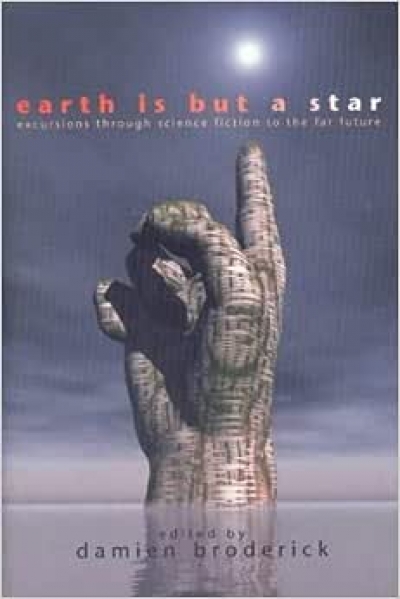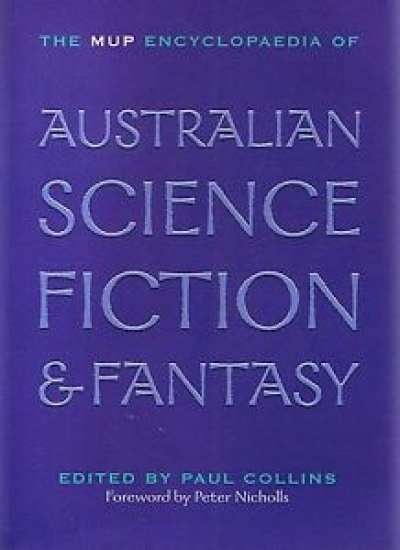Damien Broderick
Earth Is But a Star: Excursions through Science Fiction to the Far Future edited by Damien Broderick
by Sylvia Kelso •
The MUP Encyclopaedia of Australian Science Fiction & Fantasy edited by Paul Collins
by Damien Broderick •
Would it surprise you to know that a number of our well-known writers write to please themselves? Probably not. If there’s no pleasure, or challenge, or stimulus, the outcome would probably not be worth the effort. If this effort is writing, it seems especially unlikely that someone would engage in the activity without enjoying the chance to be their own audience.
... (read more)Life Among the Scientists: An anthropological study of an Australian scientific community by Max Charlesworth, Lyndsay Farrall, Terry Stokes and David Turnbull
by Damien Broderick •



